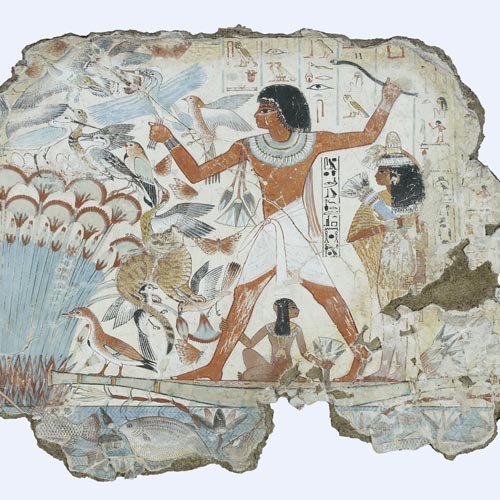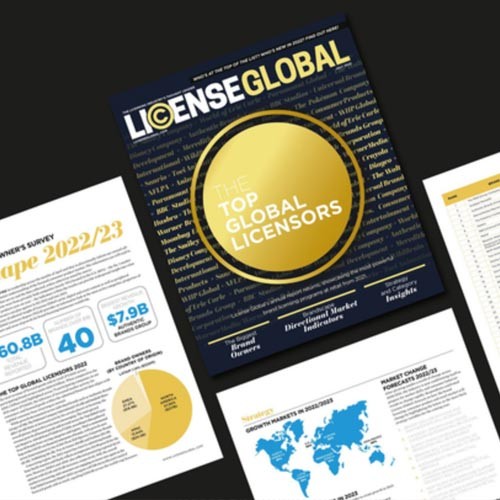The British Museum’s Craig Bendle explains why authenticity matters in the sector.
‘Heritage licensing’ can seem like a catch-all term at times. Everything from old logos of major companies to classic cars to galleries, museums and arts institutions can claim a heritage on which they can base a licensing campaign. But, at its best, heritage licensing offers a form of authenticity that other licensing properties cannot, as Craig Bendle, manager of merchandise licensing, British Museum, explains.
Heritage licensing is a growing area. One of the crucial reasons for this is that it can have provenance – a ‘story’ in other words. I believe it is this that gives heritage licensing the potential to offer a form of authenticity that other licensing properties cannot. This authenticity – based on decades, centuries, or even thousands of years of history – is a clear point of difference in a cluttered marketplace; one that can add value to a consumer’s experience, and give her or him a stronger engagement with a product.
This, in turn, can add value to the retailer’s offering as a whole and drive improved commercial outcomes.
At the British Museum, which in late 2015 announced the appointment of specialist brand agency TSBA Group to build a global licensing campaign on its behalf, we feel that, while we certainly have the stories that effective heritage licensing must guarantee, this campaign offers something more.
There is no doubt that the name the British Museum is well-known. Founded in 1753, the British Museum was the first national public museum in the world. The collection tells the stories of cultures across the world, from the dawn of human history, over two million years ago, to the present.
The British Museum’s collection of over 8 million objects spans the history of the world’s cultures. It’s an extraordinary record of art and artefacts over thousands of years. And it is this collection that attracts and entrances over 6.8 million visitors from around the world annually. That’s why the aim for this licensing programme is to draw not just on the iconic status of the British Museum as a place, but on the wide global appeal across all demographics of the many objects in the Museum’s collection.

This is an ambitious program but I feel that the British Museum is well placed to deliver it. It is one of the most visited museums in the world. Its name is recognised across the globe. Its collection is extraordinary, vast and endlessly fascinating: from ancient Egyptian sculpture to Chinese ceramics; from the world’s greatest medieval treasures to objects used in prehistoric Europe; from Roman Britain to modern Africa.
Given this extraordinary record of human art and artefacts spanning thousands of years there is certainly no shortage of licensing opportunities. In fact, TSBA Group will be selecting licensees across a broad range of categories, including toys, homewares, apparel, jewellery, giftware and accessories.
But while the Museum’s diverse and unique collection will undoubtedly attract strong licensee interest, values and integrity will always remain an important part of this programme. The British Museum licensing programme has three core aims: to communicate the Museum and its values to a wide audience; to promote the Museum’s role telling the story of cultural achievement throughout the world; and to raise awareness of the British Museum as a museum of the world for the world.
These aims may seem to have little to do with conventional licensing but I believe they are a key part of what makes heritage licensing effective. Authenticity matters in heritage licensing. A heritage licensing campaign must maintain a focus on what inspired the longevity and popularity of the property in the first place. If it does that, then the campaign itself can be equally effective – and maybe last almost as long.






























